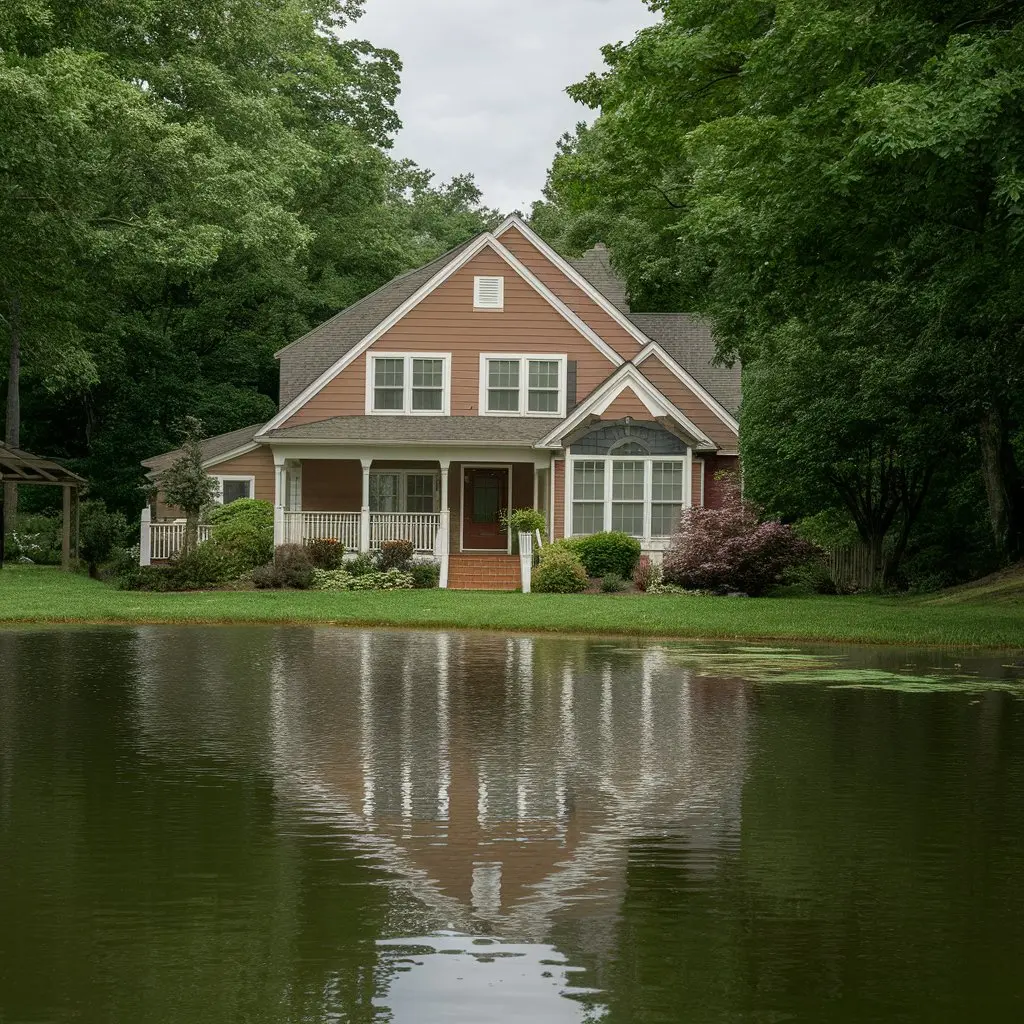Water damage often goes unnoticed until it causes significant harm to your home. Assess your property for potential water damage by considering its age, plumbing condition, previous incidents, and regional weather patterns. Be aware of areas most likely to experience water damage, such as basements, attics, and under sinks. Watch these spots and signs of water intrusion to address the issue early. For professional assistance in water damage restoration Kent, consider contacting experts. To prevent water damage at home, regularly inspect pipes and appliance hoses for leaks, monitor your water bill for unexpected increases, and check the roof for damage twice a year, especially after storms. Also, keep an eye on the basement for cracks in the foundation that could allow water to seep in.
How Landscape and Drainage Can Influence Your Home’s Vulnerability
Your home’s landscaping is more than just aesthetics; it’s also an essential component of your property’s drainage system. Trees and shrubs should be planted appropriately from your home to prevent root systems from compromising your foundation. It’s wise to choose native plants suitable for your soil and climate, as they tend to require less intensive care and are better at managing local rainfall patterns. Ground slope is another vital aspect; it should always direct water away from your home’s foundation. For further insights on flood readiness and property protection, resources like Ready.gov offer valuable advice.
Investing in Water Detection Devices: An Ounce of Prevention
The role of technology in water damage prevention cannot be overstated. Simple tools like water sensors can be installed near appliances, sump pumps, and other areas susceptible to water damage. These devices typically alarm or alert your phone when moisture levels exceed a certain threshold, allowing you to take immediate action. For advanced protection, smart home systems can detect leaks and shut off the water supply automatically to prevent further damage.
Tackling Moisture: Essential Steps for a Dry, Healthy Home
It is essential to control the moisture level in your home to prevent water damage and ensure the health of its occupants. Using exhaust fans in bathrooms and kitchens can help remove excess moisture from cooking and bathing. In areas prone to dampness, such as basements, using a dehumidifier can help maintain dryness. Regularly checking window sills, refrigerator drip pans, and other places where moisture can accumulate is also essential to prevent mold and mildew development.
Professional Inspections: How They Can Save You Thousands
Enlisting the expertise of professionals for regular inspections can stave off large-scale damage. These experts can spot minor problems—from a slightly dislodged roof tile to a tiny leak behind a wall—that may not be immediately apparent but can cause severe damage over time. They can also guide you on addressing these issues before they escalate. An inspection may seem like an additional expense, but when compared to the cost of extensive water damage repairs, it’s a prudent investment.
When The Worst Happens: Steps to Mitigate Water Damage Quickly
Despite our best preventative measures, water damage can still occur. In such cases, time is of the essence. Removing standing water using towels, buckets, or wet/dry vacuums can help prevent the water from spreading and causing more damage. Moving furniture and belongings to a dry area will protect them from further harm. For significant water intrusions, having a relationship with a company specializing in water damage restoration services is beneficial. Professionals can help salvage your property, prevent mold growth, and restore normalcy with less stress and worry.
Harnessing Professional Water Damage Restoration Services
A professional restoration service with the requisite experience and tools can be invaluable in the aftermath of water damage. They can quickly and thoroughly dry out affected areas using industrial-grade equipment, assess and repair structural damage, and eliminate the risk of harmful mold and mildew. Acting promptly and engaging with experienced restorers can spare homeowners the long-term adverse effects of water damage on their property’s value and health.



